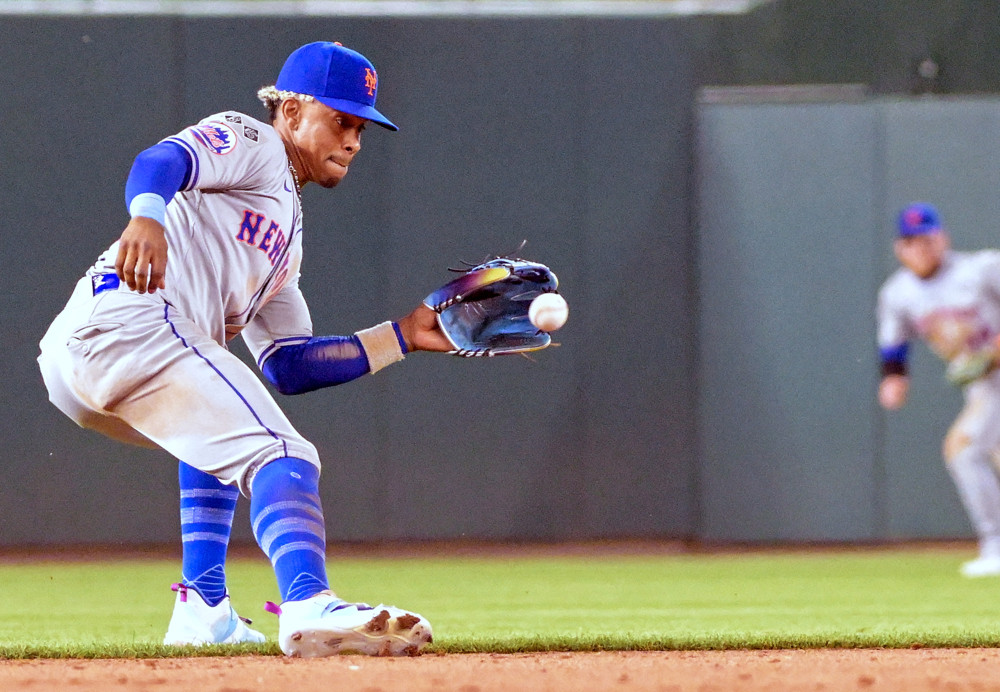By MARK SIMON
The baseball people in our Research & Development department often joke of how Athletics third baseman Matt Chapman is our favorite son because of the way he plays and the outstanding defensive numbers that he puts up.
Had our group existed in the 1950s, 60s and 70s, our poster child would likely have been Hall-of-Fame third baseman Brooks Robinson of the Baltimore Orioles, who turns 83 today. Robinson and Cardinals shortstop Ozzie Smith are arguably the top two defensive infielders in major league history.
Robinson debuted at age 18 in 1955 and became an everyday player in 1958, with no way of knowing he’d play 23 seasons with Baltimore. His defensive play was immediately noticeable. In an article in the Baltimore Evening Sun in November 1957, it was noted that his nickname in the Texas League was “The Octopus” because of his ability to reach any ball. This would later morph into “The Human Vacuum Cleaner.”
One of his minor league managers, Joe Schultz, said
“Robinson makes at least one big-league play in every game, and he makes some plays that a lot of major-league third basemen never make in their lifetime. He’d be a big help to a ball club even if he hit .220.”
Ah yes, Robinson’s hitting is a concern in any article you read from the early part of his career. It took a couple of years for Robinson’s bat to develop. In 1960, the 23-year-old Robinson hit .294 with 14 home runs. Combine that with defense that lived up to Schultz’s billing and you had a player who finished a close third in the MVP voting behind two far more prodigious hitters, Roger Maris and Mickey Mantle of the Yankees.
One Maryland sportswriter said that had the Orioles won the pennant, Robinson would have won the MVP. Robinson did win the AL MVP in 1964 and placed in the top three in 1965 and 1966.
“He could be one of the best third basemen who ever lived,” said Tigers manager Jimmy Dykes in September of 1960.
1960 also marked the first of 16 straight years in which Robinson won a Gold Glove Award. The only player to win more Gold Gloves is a pitcher, Greg Maddux, with 18. Robinson’s 16 are the most by a third baseman, six more than Mike Schmidt, who ranks second with 10.
The last Gold Glove came in 1975 and during that season, the famous Los Angeles Times sportswriter Jim Murray wrote
“Robinson shops around for gloves with hits in them the way sluggers do for bats. Whenever a teammate makes a spectacular catch, Brooks hounds him with offers to trade, buy, borrow, or steal. In Baltimore, they say Brooks doesn’t go after balls. His glove does. He always keeps a backup glove, which he breaks in on infield practice.”
Orioles manager Earl Weaver told Murray:
“Brooks is the only guy I know who has a farm system for gloves. He’s got gloves that are a year away. He retires the old ones when they can’t go to their left for balls hit in the hole any more.”
Peak Robinson was on display in the 1970 World Series against the Reds with plays like this one against Lee May (a future teammate) in Game 1.
“He should wear a Superman cloak,” said longtime baseball writer Charles (Chub) Feeney.
Our defensive metrics date back to 2003, but the stats that use historical data to evaluate Robinson reward him for his play. Robinson led AL third basemen in Total Zone Runs eight times and ranked second in seven other seasons. He’s the career leader in this stat among third basemen by a considerable margin (it is calculated from 1953 forward).
In terms of playing style, perhaps you saw the cover of The Fielding Bible Volume V and were wowed by Chapman’s ability to keep a low base when getting ready for a pitch to be delivered. Robinson didn’t play that way.
Wrote Mike Klein of the Chicago Daily Herald in 1973:
“It’s a cardinal rule of baseball that any successful infielder crouch low, keep his head down and glove close to the ground. “Play the ball; don’t let the ball play you.
“But Robinson, and this attests to his great quickness (different from speed, which he lacks) plays higher than most brothers of the Hot Corner Fraternity. His crouch is less pronounced. Playing down at shell city means attack and charge the ball. Which he does to perfection.
There’s even a worked-up set of Brooks Robinson footsteps for making sure he pivots off the left foot when fielding bunts. What makes his golden magnetic glovework so intriguing however is that Robinson going backwards and to either side will make a better play than most third basemen playing it by all the rules. It is distinctly Robinson.
“Nobody else does it quite the same.”
So on his 83rd birthday, we offer a tip of the cap to Brooks Robinson, a one of a kind defensive player who any generation of baseball fans can appreciate.

